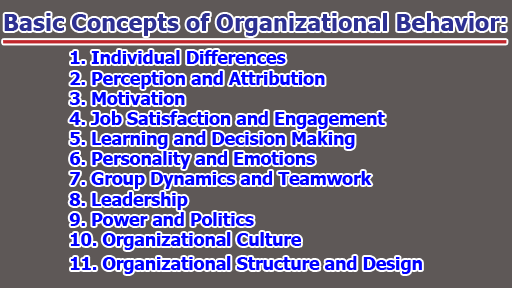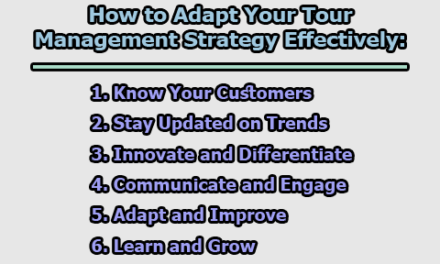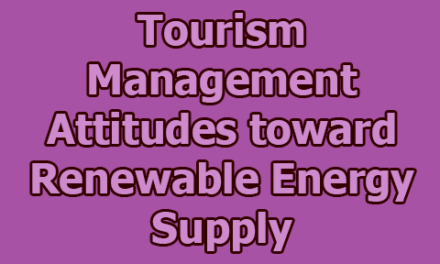Organizational Behavior:
Organizational Behavior (OB) is concerned with how individuals and groups behave within the context of an organization. It examines the impact of individuals’ attitudes, emotions, perceptions, motivations, and values on their job performance and satisfaction. Additionally, it studies the dynamics of group behavior, leadership, communication, power, and decision-making processes. Understanding these aspects is essential for managers and leaders to create a positive work environment that fosters productivity and employee well-being. In this article, we will explore the basic concepts of organizational behavior.
Basic Concepts of Organizational Behavior:
Organizational Behavior is a multidisciplinary field that explores the behavior of individuals, groups, and structures within an organization. It seeks to understand and predict human behavior in the workplace to improve organizational effectiveness, efficiency, and employee well-being. Organizational Behavior draws on various disciplines, including psychology, sociology, anthropology, and management, to provide insights into the complexities of human interaction within a work setting. Let’s delve into the basic concepts of Organizational Behavior:
1. Individual Differences: One of the fundamental concepts in Organizational Behavior is the recognition of individual differences. Every individual within an organization is unique, possessing distinct personality traits, attitudes, values, skills, abilities, and experiences. These differences influence how people perceive the world, interpret information, and behave in various situations. Understanding individual differences helps managers and leaders tailor their management approaches, assign tasks effectively, and build diverse and inclusive teams that leverage the strengths of each member.
2. Perception and Attribution: Perception refers to how individuals interpret and make sense of their environment. It plays a significant role in shaping an individual’s behavior and responses to stimuli. People’s perceptions are subjective and can be influenced by their past experiences, attitudes, and emotions. Moreover, individuals tend to attribute causes to the behavior of others, which influences their reactions and interactions. The field of Organizational Behavior examines the cognitive processes behind perception and attribution, enabling managers to comprehend employee behavior and identify potential sources of misunderstanding or conflict.
3. Motivation: Motivation is a central aspect of Organizational Behavior, as it pertains to the driving force behind an individual’s actions, behaviors, and choices. Understanding what motivates employees is essential for managers to enhance job satisfaction, engagement, and productivity. Various motivational theories, such as Maslow’s Hierarchy of Needs, Herzberg’s Two-Factor Theory, and Expectancy Theory, offer insights into the factors that drive employee performance. By applying these theories, organizations can design effective reward systems, recognition programs, and career development opportunities to boost employee motivation.
4. Job Satisfaction and Engagement: Job satisfaction refers to an employee’s level of contentment and fulfillment with their work. Engaged employees, on the other hand, are emotionally committed and enthusiastic about their roles and responsibilities. Both job satisfaction and engagement significantly impact an organization’s performance and employee retention rates. Organizational Behavior studies employee attitudes, work-life balance, and the role of meaningful work in fostering job satisfaction and engagement.
5. Learning and Decision Making: Learning and decision-making processes are integral to an organization’s functioning. Individuals and groups continuously acquire knowledge and skills that influence their decision-making abilities. Organizational Behavior examines how individuals learn, adapt, and make choices within the organizational context. Additionally, it explores group decision-making, communication, and problem-solving to facilitate effective teamwork and decision-making processes.
6. Personality and Emotions: Personality refers to the stable and enduring patterns of thoughts, emotions, and behaviors that characterize an individual. It influences how individuals interact with others, perceives their environment, and respond to challenges. Emotional intelligence, a subfield of Organizational Behavior, focuses on understanding and managing emotions at work. Managers who grasp the emotional aspects of their employees can foster a positive and supportive work environment, leading to increased job satisfaction and reduced stress.
7. Group Dynamics and Teamwork: Groups and teams are ubiquitous in organizational settings. Group dynamics explore the ways individuals interact and influence each other within a group. Organizational Behavior examines how group cohesion, communication, and decision-making processes impact team performance. Effective teamwork is crucial for achieving organizational goals, and understanding group dynamics helps managers build cohesive and high-performing teams.
8. Leadership: Leadership plays a pivotal role in influencing employee behavior, morale, and performance. Organizational Behavior explores various leadership styles, such as transformational, transactional, and servant leadership, and their effects on employee motivation and commitment. Effective leaders inspire their teams, create a vision, and promote a positive organizational culture that fosters collaboration and growth.
9. Power and Politics: Power dynamics and political behavior are common in organizations. Individuals and groups vie for power and influence to achieve their objectives. Organizational Behavior examines power distribution, sources of power, and the implications of political behavior on decision-making and organizational effectiveness. By understanding power dynamics, managers can promote a healthy balance of power and encourage ethical behavior within the organization.
10. Organizational Culture: Organizational culture represents the shared values, beliefs, norms, and practices that define an organization’s identity. It influences how employees perceive their roles, interact with others, and approach their work. A strong and positive organizational culture can enhance employee engagement, boost productivity, and improve overall organizational performance. Organizational Behavior delves into the creation, maintenance, and change of organizational culture.
11. Organizational Structure and Design: The structure and design of an organization determine its hierarchical levels, communication patterns, and decision-making processes. Organizational Behavior examines various organizational structures, such as functional, divisional, matrix, and network structures, to understand their impact on employee behavior and organizational performance. A well-designed organizational structure aligns with the organization’s goals and facilitates effective communication and collaboration.
It is apparent that Organizational Behavior is a multifaceted field that explores the intricacies of human behavior within the context of an organization. Understanding the basic concepts of OB is essential for managers and leaders to create a positive and productive work environment, foster employee engagement, and enhance overall organizational effectiveness. By recognizing individual differences, understanding perception and motivation, promoting teamwork, and cultivating a strong organizational culture, organizations can achieve sustainable success in a rapidly changing business landscape.
FAQs:
What is Organizational Behavior (OB)?
Organizational Behavior is a multidisciplinary field of study that explores the behavior of individuals, groups, and structures within an organization. It examines how people interact with each other, their work, and the organization as a whole. The field draws insights from disciplines such as psychology, sociology, anthropology, and management to understand and improve human behavior at work.
Why is Organizational Behavior important?
Organizational Behavior is important because it helps organizations understand their employees, improve communication and teamwork, enhance employee motivation and job satisfaction, and optimize organizational performance. By gaining insights into individual and group behavior, managers can create a positive work environment that fosters productivity and employee well-being.
What are the key elements of Organizational Behavior?
The key elements of Organizational Behavior include individual differences, perception and attribution, motivation, job satisfaction and engagement, learning and decision-making, personality and emotions, group dynamics and teamwork, leadership, power and politics, and organizational culture. Understanding and managing these elements are crucial for effective management and organizational success.
How does Organizational Behavior contribute to employee motivation?
Organizational Behavior explores various motivational theories and factors that drive employee behavior. By understanding what motivates employees, managers can design effective incentive systems, recognition programs, and career development opportunities to boost employee motivation and job satisfaction.
How can Organizational Behavior improve teamwork?
Organizational Behavior examines group dynamics and teamwork, focusing on how groups form, develop norms, communicate, and make decisions. Understanding these aspects helps managers build cohesive and high-performing teams, manage conflicts, and promote collaboration among team members.
What is the role of leadership in Organizational Behavior?
Leadership is a critical element of Organizational Behavior as it significantly influences employee behavior, morale, and performance. The field explores different leadership styles and behaviors to help managers develop effective leadership skills and create a positive organizational culture that fosters employee engagement and commitment.
How does Organizational Behavior impact organizational culture?
Organizational Behavior examines the creation, maintenance, and change of organizational culture. It helps organizations understand their shared values, beliefs, and norms that shape employee behavior and decision-making. By promoting a strong and positive organizational culture, organizations can improve employee satisfaction, productivity, and overall performance.
How can Organizational Behavior help manage change in an organization?
Organizational Behavior provides insights into the psychology of change, including how individuals and groups respond to change and potential sources of resistance. Managers can use this knowledge to implement effective change management strategies, communicate change initiatives, and address employees’ concerns during the change process.
How does Organizational Behavior contribute to communication improvement?
Organizational Behavior explores communication patterns, barriers, and strategies within the workplace. By understanding communication dynamics, managers can improve communication channels, promote effective information sharing, and enhance overall organizational communication.
How can Organizational Behavior promote a positive work environment?
Organizational Behavior emphasizes understanding individual differences, fostering teamwork, promoting employee engagement, and developing effective leadership. By implementing these principles, organizations can create a positive work environment that values diversity, supports employee well-being, and encourages open communication and collaboration.

Library Lecturer at Nurul Amin Degree College










